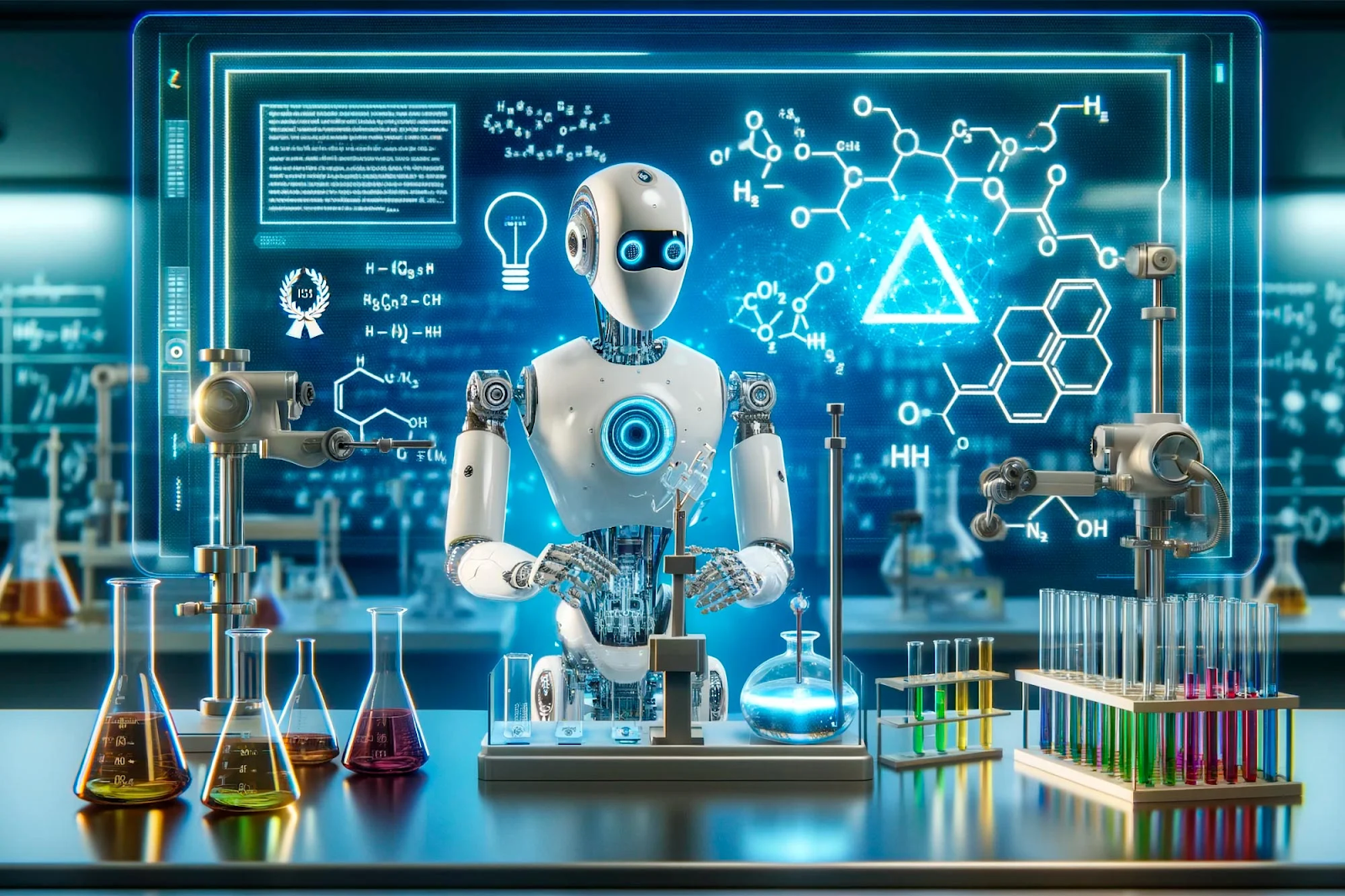The groundbreaking advance in nanotechnology.
Researchers connect nanoparticle quasicrystals using DNA. This kind of technology makes us rethink DNA and its ability to operate as a chemical computer program that controls nanomachine and other complex structure's self-assembly. The researchers took ideas for that kind of from hypothetical silicon-based lifeforms.
The AI that connects laboratories in its entirety will revolutionize chemistry and nanomachine research. The name of that system is "AI-based co-scientist". The idea is that AI makes practical work in the laboratory. That is usually left for ungraduated students. Those mechanical works offered unwanted people like industrial spies to slip into the laboratory.
********************************************************************
"The simulation shows the decahedra packing together into a quasicrystalline structure on the left, with a diagram of the structure on the right. Credit: Glotzer group, University of Michigan." (ScitechDaily.com/Revolution in Material Science: Scientists Construct Nanoparticle Quasicrystal With DNA)
"Coscientist, an AI developed by Carnegie Mellon University, has autonomously mastered and executed complex Nobel Prize-winning chemical reactions, demonstrating significant potential in enhancing scientific discovery and experimental precision. Its ability to control laboratory robotics marks a major leap in AI-assisted research. Credit: SciTechDaily.com" (ScitechDaily.com/From Code to Chemistry: Coscientist, the AI System Mastering Nobel Prize-Winning Reactions)
This experiment shows that AI-based laboratory systems can create DNA. That can make structures act like cells. The DNA can control crystal and structure self-assembly. And that thing makes new types of complicated physical systems possible. The DNA-controlled physical machine self-assembly will make the next-generation nanotechnology possible. Nanotechnology makes possible the mass product of complicated nanostructures and reprogramming bacteria.
Coscientist is the artificial intelligence that controls the laboratory and supervises the work of scientists. That thing should make scientific work safer, more valuable, and more accurate than ever before. The scientists are algorithms that control things like warnings against unauthorized chemical compounds and unauthorized production of narcotics or toxic materials.
That scientist can also observe that people who deserve honor will get honor for work, that they have done. The scientists can also make old-fashioned access cards and keys unnecessary. The AI-based systems can recognize people by using multiple different biometric details like the retina, fingertips and maybe even DNA that it takes from the skin. The AI-based coscientist can make notes about used variables. And it can act like Chat GPT. The human scientist gives certain values to the system, and then the AI-based co-scientist does the duties like turning test tubes.
AI-controlled laboratories are the new type of tools in advanced chemistry. AI can make sensor fusions for the laboratory. It can control fixed instruments like cameras and optical and electron microscopes. And human-looking robots and possible drones that can operate in highly accurately calculated chemical and physical environments. That environment makes it possible to calculate the reactions of the non-stable or complicated bonds with very high accuracy.
https://scitechdaily.com/from-code-to-chemistry-coscientist-the-ai-system-mastering-nobel-prize-winning-reactions/
https://scitechdaily.com/revolution-in-material-science-scientists-construct-nanoparticle-quasicrystal-with-dna/






No comments:
Post a Comment
Note: Only a member of this blog may post a comment.